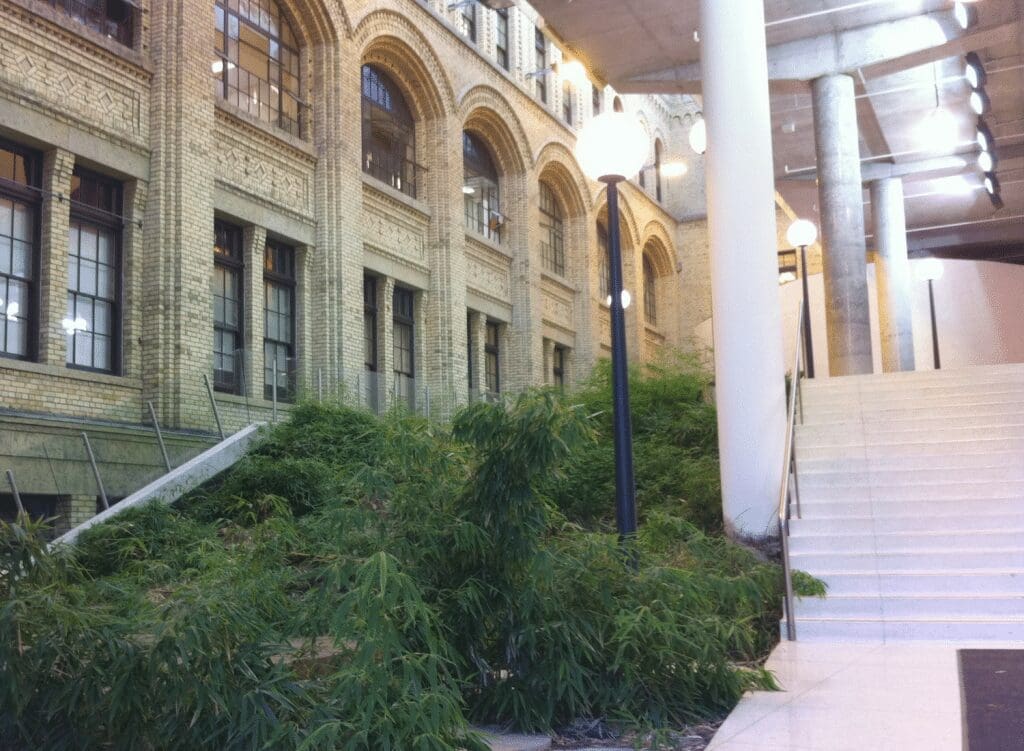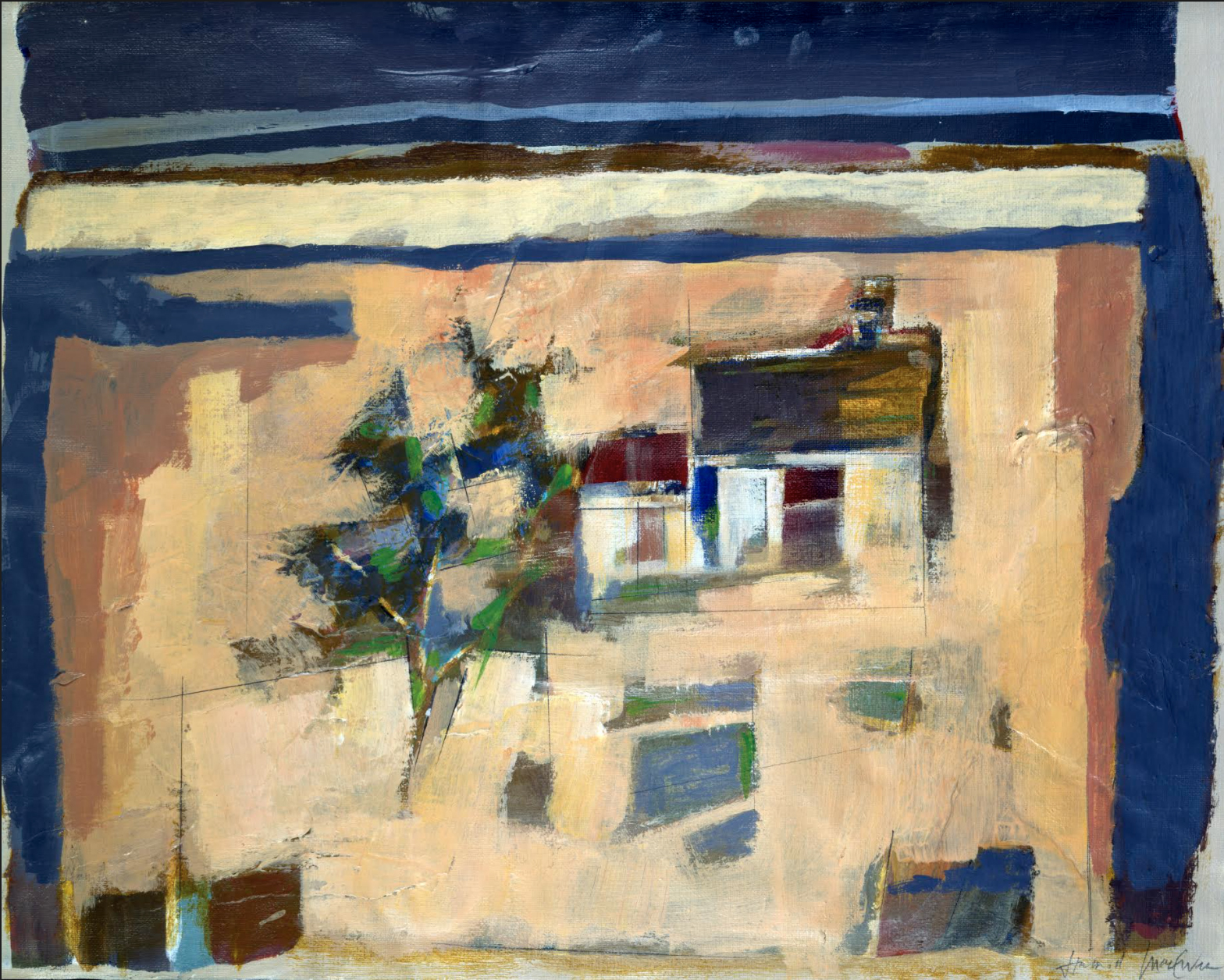In the past twenty-odd years, Toronto has undergone an architectural renaissance. Once plagued by seemingly endless streets of grey skyscrapers; bursts of colour and imagination are cropping up in the downtown core and trickling out into the further reaches of the city. Outstanding architecture does not conform to one style. Rather, timeless architecture works as a social adhesive binding together cultures and identities into a strong and lasting community.
Here are some unique and interesting buildings in Toronto that tell a special story:
OCAD Sharp Centre for Design – Architect Will Alsop’s vision for his tabletop structure stems from his desire to accommodate the concerns of the residents of the surrounding neighbourhood who were protective of their park views. Additionally, he wanted to provide what OCAD students had been desperately been asking for: more campus space to assemble. Today, it stands as one of the recognizable and interesting buildings in Toronto. While many criticized that the building would be instantly dated or that its interior design would not match its exterior, time has proven both these arguments wrong.
Terrence Donnelly CCBR U of T – This cellular and biomolecular research facility sits between a 100 year old Mining Building to the west, and an 80 year old Fitzgerald Building to the east. In doing this, this building, as many others in Toronto are also doing, creates a dialogue of artistic connection with the old buildings from which it extends. The facility is primarily clad with glass and features lots of natural light, gardens and maintains important public pathways.
Bergeron Centre at York University – When you look at the university’s newest engineering building from the outside, it looks like a cloud drifting along an urban landscape – this is intentional. The building’s exterior is meant to represent the principles that define the engineering program’s goals. Walking around the building, or even looking at it from different vantage points on campus, the mathematically inspired structure will appear unique, due to the many ways light reflects off the façade. The interior contains no lecture halls, mimicking the bold appearance of a tech start-up. This is because the university wishes to erase the formal walls between students and faculty – leaving room for ample amounts of natural light and bright minds.
The Michael Lee Chin Crystal at the ROM – Another controversial addition to the cultural landscape of downtown Toronto, the crystal’s origins were born on a paper napkin by architect Daniel Libeskind while attending a family wedding at the ROM. Inspired by the museum’s gem and mineral collection it was the perfect addition for the ROM’s unique mandate – “to build bridges of understanding and appreciation for the world’s diverse cultures and precious natural environments”.
Scarborough Civic Centre Library – This library should reinforce to Torontonians that you need not live downtown to immerse yourself in culture and gorgeous architecture. Here, LGA Architectural Partners wanted to relieve the heavy urban context with a green retreat which can be seen with the building’s distinctive black spruce exterior. The building features four green roofs that blend into the horizon as if they were a part of the surrounding landscape. Rather than destroying or hiding the landscape, the goal of this sunny library is to restore the grassy hills it displaces.
BAPS Shri Swaminarayan Mandir – On the opposite side of Toronto you can find the largest Mandir in Canada constructed according to guidelines outlined in ancient Hindu scriptures. If you are not yet able to afford that trip to India that you have been planning, take the bus to Etobicoke where you can find 24 000 pieces of hand-carved Italian Carrara marble, Turkish limestone and Indian pink stone. The Mandir sits on 18 gorgeous acres and includes a haveli and a heritage museum.
As you can see from this list, not all interesting buildings in Toronto are built without criticism. If anything, the criticism helps to integrate the building into the community because it fosters a dialogue. Take some time to explore these buildings, or discover your own list of interesting buildings in Toronto in your own neighbourhood – let me know what you think!

